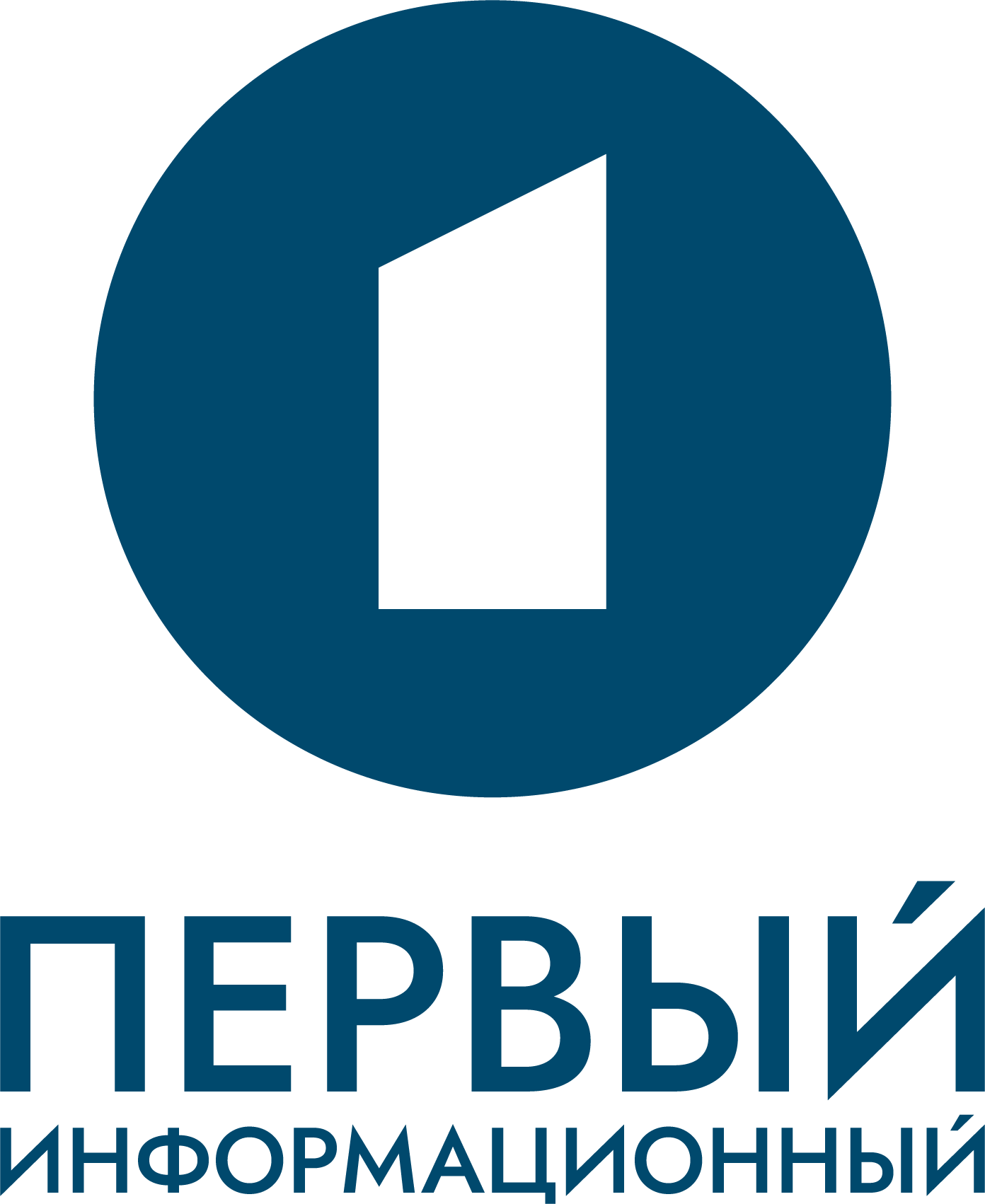3.69 BYN
2.99 BYN
3.46 BYN
Victory Day: History and Chronology of Commemoration

The history of celebrating Victory Day on May 9 is directly linked to events that unfolded in the outskirts of Berlin on that day—when Germany signed the Act of Unconditional Surrender of its armed forces, acknowledging defeat and laying down arms. For Europe, these events occurred on May 8, due to the time zone difference.
The story of Victory Day celebrations is not as straightforward as it may seem today. For example, in Belarus, the first post-victory event was a parade of partisans, which even included Nazi medals.
How jubilant was the voice that announced the long-awaited victory! When the familiar broadcasts from "Soviet Information Bureau" and the call "Citizens and Citizens!" were replaced by the "Order of the Supreme Commander-in-Chief."
Ekaterina Tereshkova, junior researcher at the Belarusian State Museum of the History of the Great Patriotic War:
"People greeted this news with jubilation; they began to come out onto the streets, embracing each other and congratulating one another. We know from newspapers of that time that by the morning of May 9, almost every street was filled with people."
In 1945, May 9 was declared Victory Day in the Soviet Union. For Europe, the date shifted to May 8th—again, due to time zone differences.
At the moment of signing the surrender act in Berlin, it was 10:43 PM on May 8, but in the Soviet Union, it was already May 9, two hours ahead.
Just a few days later, in Moscow, a decision was made to hold the Victory Parade. The parade was scheduled for June 24. By then, all servicemen were to have returned home and prepared for the event. Frontline soldiers joked that it was easier to cross the front lines several times than to master the art of marching 120 steps per minute.
"Over 35,000 military personnel participated in the parade: 24 marshals, 249 generals, more than 2,000 officers, over 30,000 sergeants and soldiers, nearly 1,500 military musicians, and about two thousand pieces of military equipment," says Ekaterina Tereshkova.
This was the first Victory Parade of such scale in the Soviet Union, celebrating the victory over Germany. The previous, more modest parade took place in Minsk nearly a year earlier, featuring a march of partisans. In Belarus during the war, there were 350,000 partisans.
Elizaveta Marachkovskaya, junior researcher at the Belarusian State Museum of the History of the Great Patriotic War:
"Within five days after the defeat of Hitler’s forces in the Minsk pocket—on July 16, 1944—a partisan parade was held in Minsk. It was a significant event: 31 partisan brigades plus two separate detachments, totaling over 30,000 participants. A unique detail of this parade was a goat, nicknamed 'Malysh,' who participated by marching, decorated with Nazi medals."
For the Soviet Union and Germany, the final point in the confrontation was marked on May 9th. However, in Europe, the war continued for several more days: the Prague Operation took place from May 5th to 11th, and the war in Yugoslavia ended only on May 15th. The USSR also liberated Austria and Norway—events many today are eager to forget.
Igor Marzalyuk, Chairman of the Standing Commission of the House of Representatives of the National Assembly of Belarus:
"This is done solely to diminish the role and significance of our ancestors in that great battle—an absolute victory of good over evil—and to erase their heroic deeds and role in liberating all of Europe from the brown plague. I want to recall Zhukov’s words: 'We liberated them, and they will never forgive us for that.'"
After the capitulation, Germany was left in ruins—Berlin among them—and over three million Germans were left without food. At that time, the Soviet government took measures to feed the population—not out of mere goodwill, but driven by simple humanitarian motives. Our people knew firsthand what hunger and devastation were. Today, the only request made to grandchildren is to remember history and defend their homeland.















